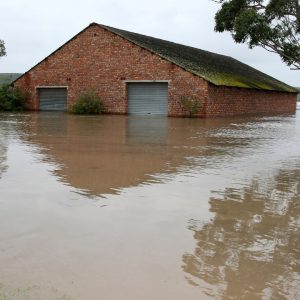
The new Risk Rating 2.0 system from the U.S. Federal Emergency Management Agency (FEMA) will raise rates for 77% of policyholders, according to a new study from Quote Wizard. This updated pricing methodology aims to equitably distribute premiums across all policyholders based on property value and flood risk. Phase I went into effect on Oct. 1, 2021, for new and existing policies eligible for renewal, and Phase II will begin for all remaining policyholders renewing on or after April 1, 2022.
FEMA sells almost all of the nation’s flood insurance coverage through its National Flood Insurance Program and requires businesses that own property in high-risk flood areas to have flood insurance if they also have a federally backed mortgage.
Risk Rating 2.0 will no longer use flood zones to calculate flood insurance rates and will instead use the property’s risk—foundation type, elevation, structure replacement costs, etc.—to determine the price. To minimize flood damage and help reduce flood insurance costs, businesses should:
- Elevate utilities. In the event of a flood, having electrical panels, water heaters and heating and cooling systems above the floor will help protect them from being damaged.
- Install flood openings. Flood openings protect commercial buildings by equalizing water pressure and preventing buildup that can destroy walls and foundations.
- Use flood-resistant materials. Flood-resistant floor coverings, wall coverings and wall insulation can typically withstand 72 hours of direct contact with water before any significant damage occurs.
The new risk rating could result in more flood insurance policies being issued to help protect people and their businesses against flood devastation. Afterall, flooding can cause businesses to lose revenue, assets, power, and data. For more risk management information, contact Bassler & Co. Insurance Agency today. You can call us at (847) 480-0800 or visit us online at http://www.basslerins.com/.
Source: www.zywave.com
